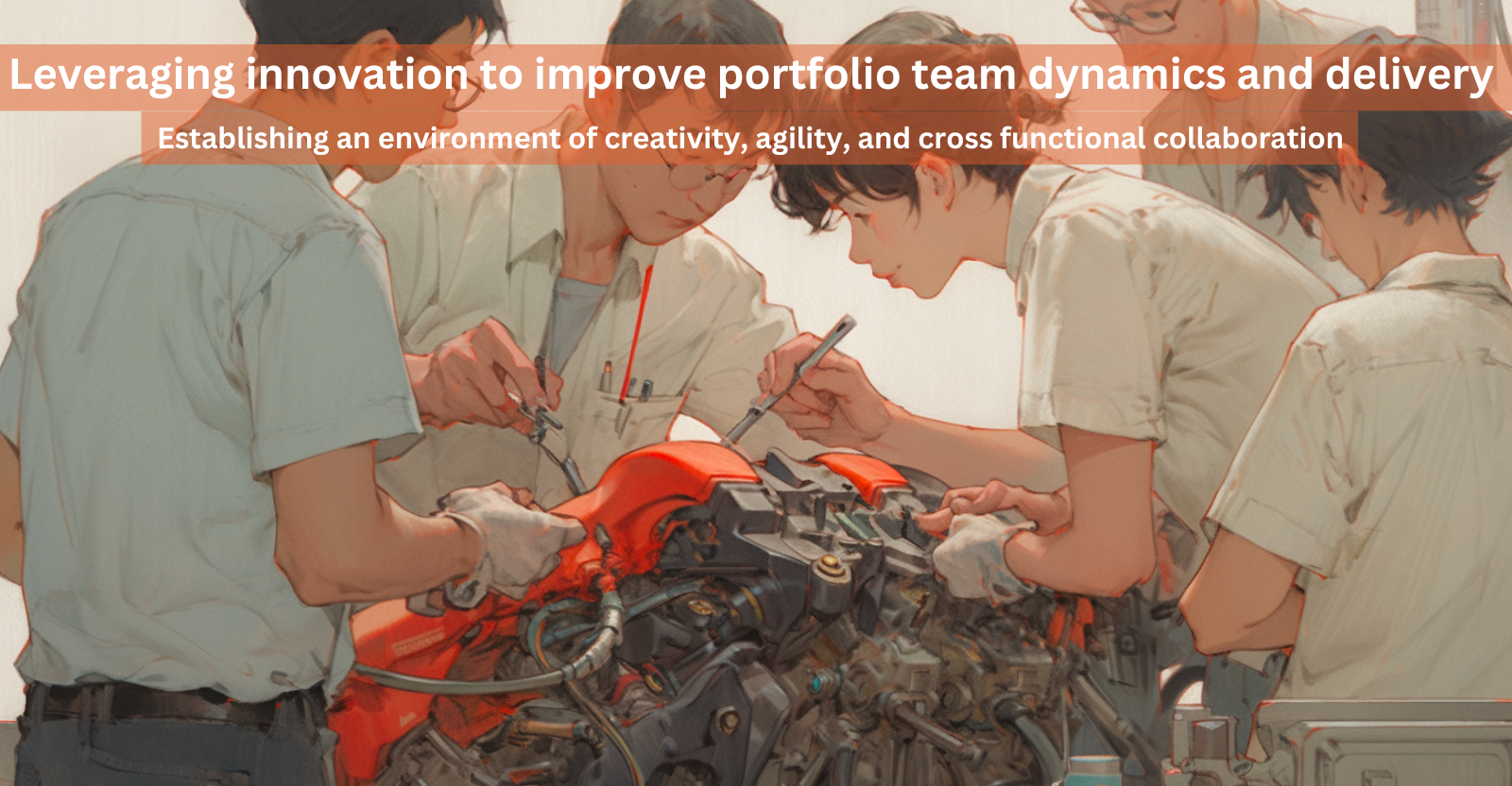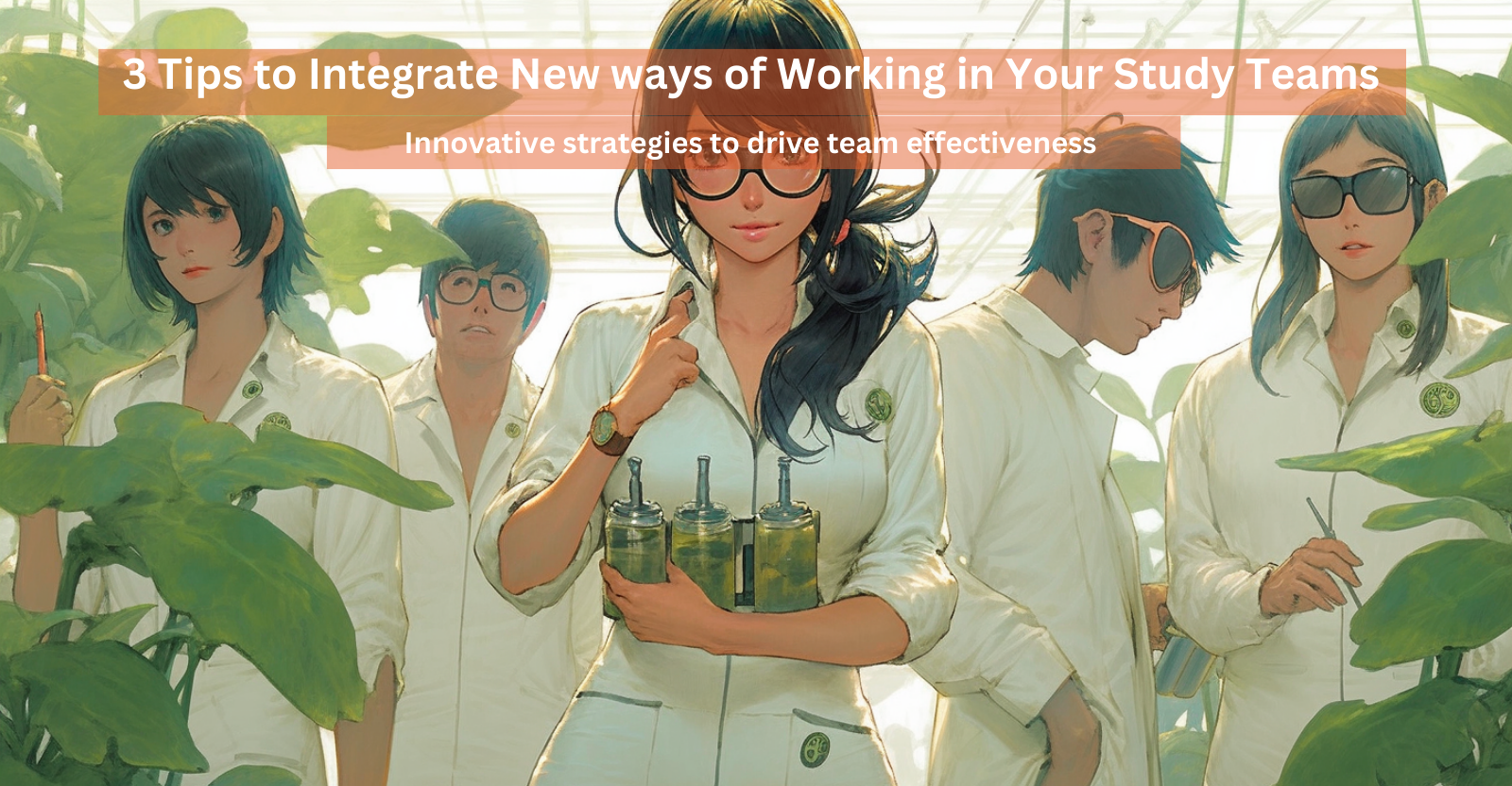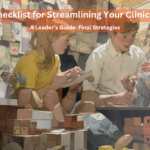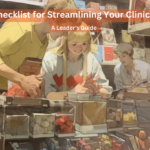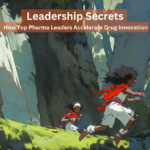Being innovative and agile enables the asset strategy team not only to adapt to market changes and challenges but also to pioneer new frontiers in product development and launch strategies. This article offers a structured approach to being more innovative and agile, grounded in data-driven insights with real-world examples.
Establishing a Foundation for Innovation
Fostering a culture of innovation begins with laying down a foundational ethos that encourages creative thinking and problem-solving. This foundation is built upon:
- Leadership Endorsement: Senior leaders must actively promote and participate in innovation, setting a tone that values and rewards creative efforts and risk-taking. Their commitment can catalyze a cultural shift throughout the organization.
- Innovation Incubators: Creating spaces or programs, like innovation labs or incubators, dedicated to exploring new ideas without the immediate pressure of ROI. These initiatives encourage experimentation and can lead to breakthrough innovations.

Embedding Agility in Organizational DNA
Agility – the capacity to adapt swiftly to new information, market shifts, and emerging opportunities – must be ingrained in the organization’s DNA. This requires:
- Flexible Strategic Planning: Adopting a dynamic approach to strategic planning that allows for rapid pivoting based on real-time market insights and emerging trends. This could involve shorter strategic cycles and the use of scenario planning to anticipate possible futures.
- Cross-functional Teams: Encouraging the formation of cross-functional teams to enhance communication and collaboration across departments. These teams can act swiftly to capitalize on new opportunities or address challenges, breaking down silos that often hinder agility.
Promoting a Culture of Continuous Learning
A culture that values continuous learning is pivotal for sustaining innovation and agility. This involves:
- Learning Platforms: Implementing corporate learning platforms that offer courses and resources on the latest industry trends, technologies, and methodologies. Encouraging staff to dedicate time to learning fosters a workforce that is both knowledgeable and versatile.
- Knowledge Sharing Sessions: Regularly scheduled sessions where teams can share insights, learnings, and case studies from both successes and failures. These sessions not only spread valuable knowledge but also normalize the iterative process of learning from trial and error.

Incentivizing Innovation and Agility
To truly embed innovation and agility into the corporate culture, they must be recognized and rewarded. This can be achieved through:
- Innovation Awards and Recognition Programs: Establishing awards or recognition programs that celebrate teams and individuals who demonstrate exceptional creativity or agility. This recognition reinforces the value placed on these attributes.
- Resource Allocation for Innovative Projects: Allocating budget and resources to pilot innovative projects or ideas proposed by teams. This tangible support validates the organization’s commitment to exploring new avenues.
Strategic Recommendations for Senior Decision-Makers
- Embed Innovation KPIs into Performance Metrics: Senior decision-makers should integrate innovation and agility metrics into the organization’s performance evaluation frameworks, ensuring that these values are explicitly recognized and rewarded.
- Foster an Environment of Psychological Safety: Cultivate an environment where employees feel safe to propose novel ideas and take calculated risks without fear of repercussion. Psychological safety is foundational for a culture of innovation.
- Leverage Technology and Data for Agile Decision-Making: Invest in technology platforms that provide real-time data and analytics, enabling the Asset Strategy Team to make informed, agile decisions.
Asset strategy can transforming challenges into opportunities for growth by establishing a supportive foundation, embedding agility into the organizational structure, and promoting continuous learning and innovative thinking. Pharmaceutical companies who lead this change will stay at the forefront.


